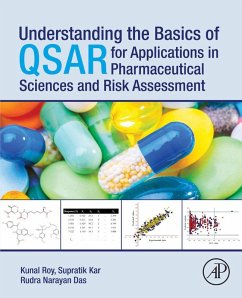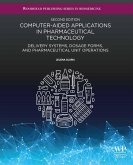Understanding the Basics of QSAR for Applications in Pharmaceutical Sciences and Risk Assessment describes the historical evolution of quantitative structure-activity relationship (QSAR) approaches and their fundamental principles. This book includes clear, introductory coverage of the statistical methods applied in QSAR and new QSAR techniques, such as HQSAR and G-QSAR. Containing real-world examples that illustrate important methodologies, this book identifies QSAR as a valuable tool for many different applications, including drug discovery, predictive toxicology and risk assessment. Written in a straightforward and engaging manner, this is the ideal resource for all those looking for general and practical knowledge of QSAR methods.
- Includes numerous practical examples related to QSAR methods and applications
- Follows the Organization for Economic Co-operation and Development principles for QSAR model development
- Discusses related techniques such as structure-based design and the combination of structure- and ligand-based design tools
Dieser Download kann aus rechtlichen Gründen nur mit Rechnungsadresse in A, B, BG, CY, CZ, D, DK, EW, E, FIN, F, GR, HR, H, IRL, I, LT, L, LR, M, NL, PL, P, R, S, SLO, SK ausgeliefert werden.









